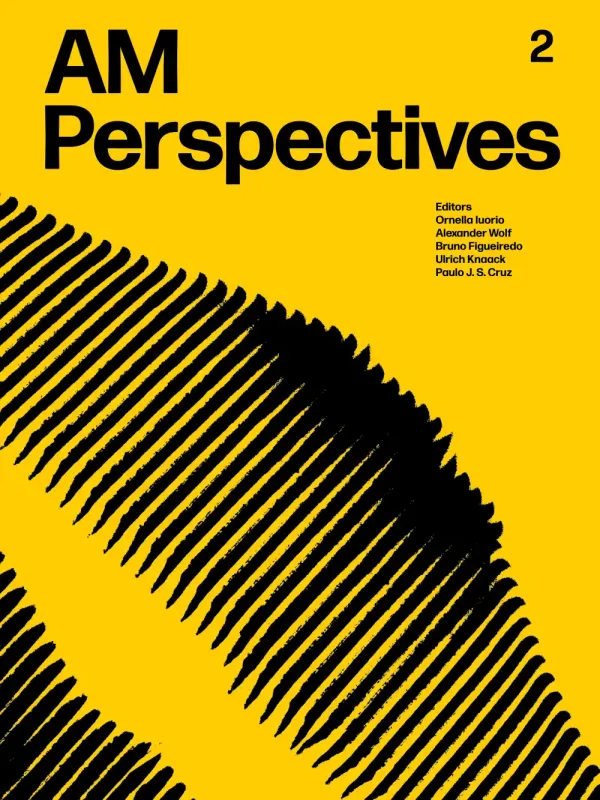PARAMETRIC DESIGN AND DIGITAL FABRICATION OF CURVED ORIGAMI STRUCTURES REALIZED BY TWISTING ACTIVE PANELS
Synopsis
Curved origami surfaces attract significant attention in architecture and engineering for the design of form-resistant modular structures. The realization of curved origami surfaces requires suitable structural design tools, manufacturing techniques, and construction methods. Here, a design workflow for the realization of curved origami structures assembled from flexible panels is proposed. Each flexible panel is realized as an interconnected array of beams according to the notable lamina-emergent torsion motif, with the result that panel bending is linked to the twisting of the beams. An analytical mechanical model for the bending of panels into cylindrical surfaces is described first. Then, such model is adapted to conical surfaces. This model is instrumental in determining the maximum achievable curvature of a cylindrical or conical flexible panel, and the corresponding stresses, as a function of the geometric features of the lamina-emergent torsion motif and of the material properties. The design workflow has two phases, the geometry design, in which a folded curved-origami geometry with corresponding crease pattern and surface ruling are chosen, and the design of the geometric features of the flexible panels. A parametric digital model was implemented using commercial software to carry out both phases, and two different literature computer codes were employed to simulate the origami folding process. The design workflow was demonstrated by the realization of physical prototypes using the laser cutting technology, and it can be applied at different scales to the manufacturing of curved origami structures. The case of an outdoor installation demonstrates the potential of the proposed design workflow for architectural structures.






